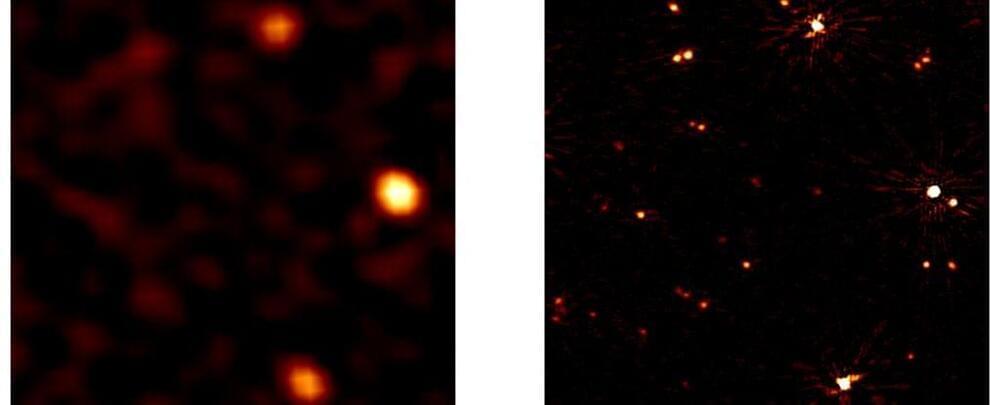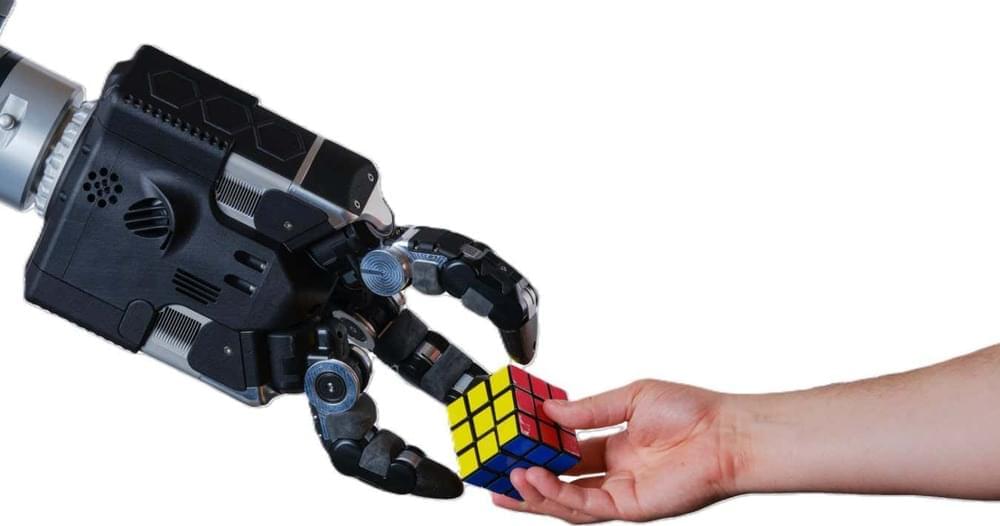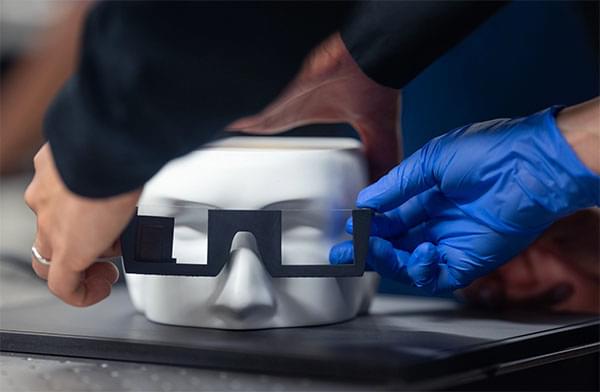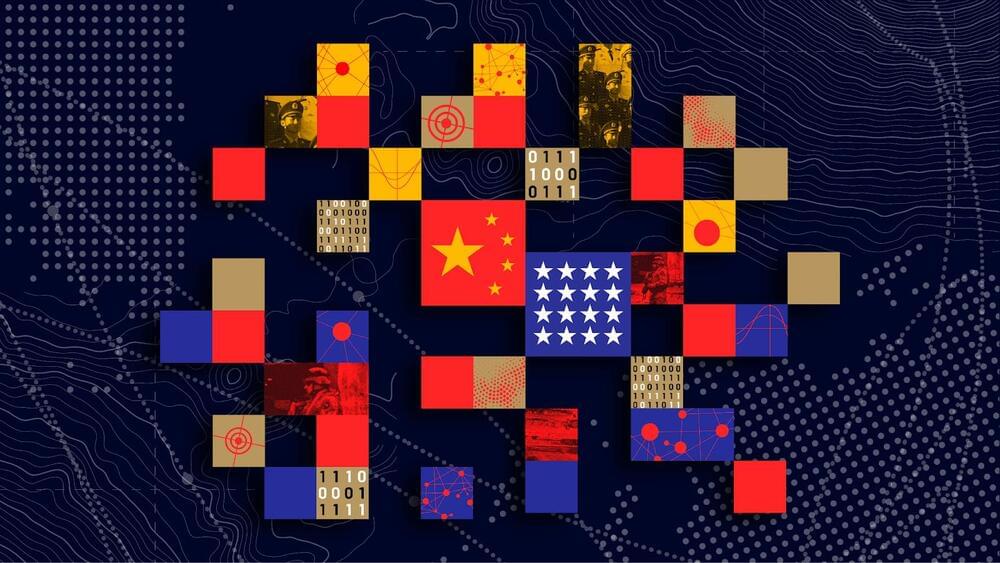ALMA telescope discovered a galaxy (BRI 1335–0417) with features of a spiral galaxy, dating back 1.4 billion years after the Big Bang, beating the previous record by over a billion years.



The very lowest frequencies of the radio Universe have just been revealed in spectacular clarity.
A team of astronomers has used a new calibration technique to give us the first sharp images of the radio Universe in the frequency range of 16–30 megahertz – an achievement previously thought impossible, due to the turbulent interference generated by Earth’s ionosphere.
“It’s like putting on a pair of glasses for the first time and no longer seeing blurred,” says astronomer Christian Groeneveld of Leiden University in the Netherlands, who led the research.

A new robotic hand can withstand being smashed by pistons or walloped with a hammer. It was designed to survive the trial-and-error interactions required to train AI robots.
By Jeremy Hsu

Researchers in the emerging field of spatial computing have developed a prototype augmented reality headset that uses holographic imaging to overlay full-color, 3D moving images on the lenses of what would appear to be an ordinary pair of glasses. Unlike the bulky headsets of present-day augmented reality systems, the new approach delivers a visually satisfying 3D viewing experience in a compact, comfortable, and attractive form factor suitable for all-day wear.
“Our headset appears to the outside world just like an everyday pair of glasses, but what the wearer sees through the lenses is an enriched world overlaid with vibrant, full-color 3D computed imagery,” said Gordon Wetzstein, an associate professor of electrical engineering and an expert in the fast-emerging field of spatial computing.
Wetzstein and a team of engineers introduce their device in a new paper in the journal Nature (“Full-colour 3D holographic augmented-reality displays with metasurface waveguides”).





